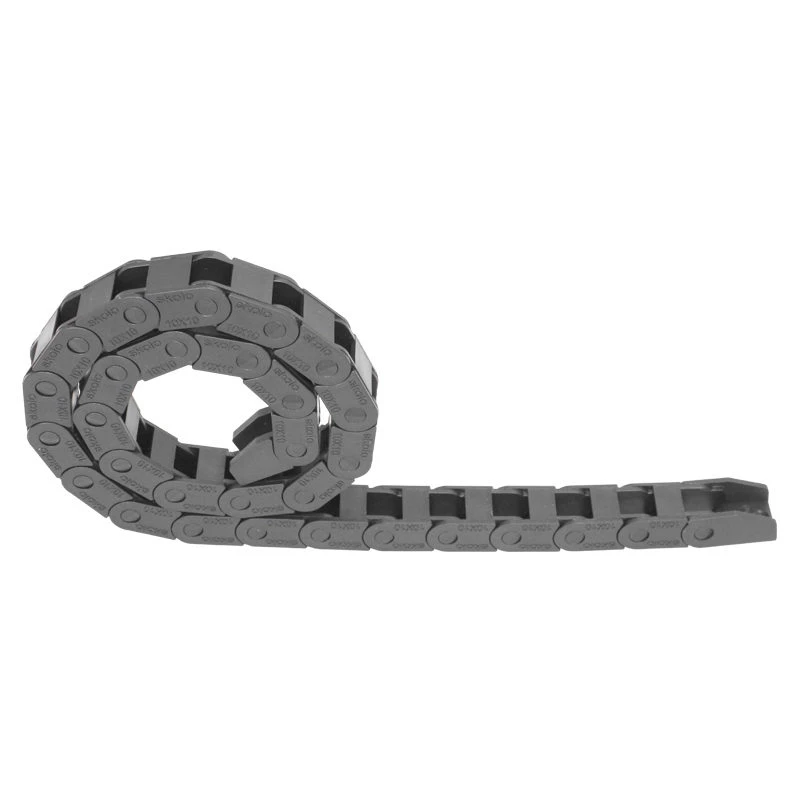swarf conveyors
Understanding Swarf Conveyors A Key to Efficient Manufacturing
Swarf conveyors play a critical role in modern manufacturing processes, particularly in the metalworking and machining industries. These specialized systems are designed to transport swarf—debris and chips generated during machining operations—efficiently and effectively. As manufacturing demands increase, the importance of swarf management becomes more pronounced, making swarf conveyors an indispensable part of the production line.
Swarf, often comprised of metal shavings, chips, and coolant, can create significant challenges if not handled properly. It can cause equipment malfunctions, increase operational costs, and even pose safety risks within the manufacturing environment. By employing swarf conveyors, businesses can automate the removal of these materials, streamline operations, and ensure a cleaner work environment.
One of the key advantages of swarf conveyors is their ability to enhance workflow efficiency. Traditional methods of swarf disposal, such as manual cleanup, are not only time-consuming but also labor-intensive. Swarf conveyors automate this process, allowing operators to focus on more critical tasks, thus increasing overall productivity. Systems can be tailored to various applications, ensuring compatibility with different machines and types of swarf, such as turnings, filings, and even coolant.
swarf conveyors

There are several different types of swarf conveyors available, each designed for specific applications. For instance, screw conveyors utilize a helical screw mechanism to move swarf along a trough, making them ideal for continuous operations. Magnetic conveyors, on the other hand, use magnetic forces to transport ferrous materials, ensuring that even the smallest metal chips are effectively removed. Belt conveyors, widely used in various industries, provide flexibility and ease of maintenance, further enhancing their appeal.
Another critical factor to consider is the design and installation of swarf conveyor systems. Effective layout planning ensures that swarf is directed to the right location for recycling or disposal without obstructing other operational processes. An ideal setup minimizes transfer points and reduces the distance that swarf needs to travel, optimizing efficiency. Furthermore, regular maintenance of conveyor systems prevents breakdowns and extends their lifespan, thereby safeguarding the overall productivity of the manufacturing operation.
Sustainability is also a significant consideration in today’s manufacturing landscape. Utilizing swarf conveyors not only improves operational efficiency but also promotes environmental responsibility. The efficient removal and recycling of metal swarf reduce waste and enable companies to recover valuable materials, thereby contributing to a circular economy.
In conclusion, swarf conveyors are essential components of efficient manufacturing. They facilitate the effective management of machining byproducts, streamline operations, and support sustainable practices. As more businesses seek to enhance productivity while maintaining environmental responsibility, investing in modern swarf conveyor systems becomes an increasingly important strategy. Understanding the benefits and types of swarf conveyors can empower manufacturers to make informed decisions that will accelerate their operational success and foster a cleaner, more efficient production environment.








